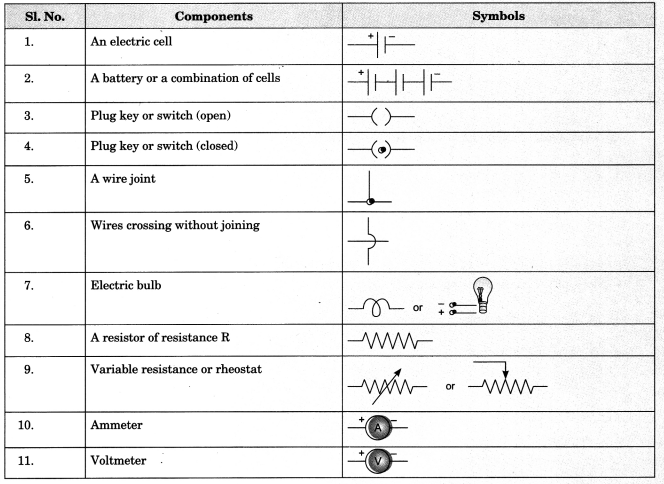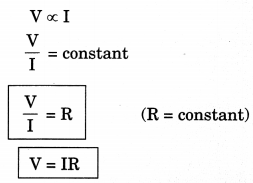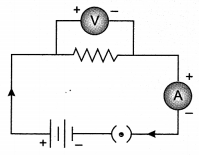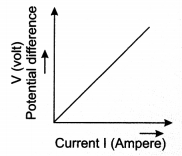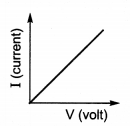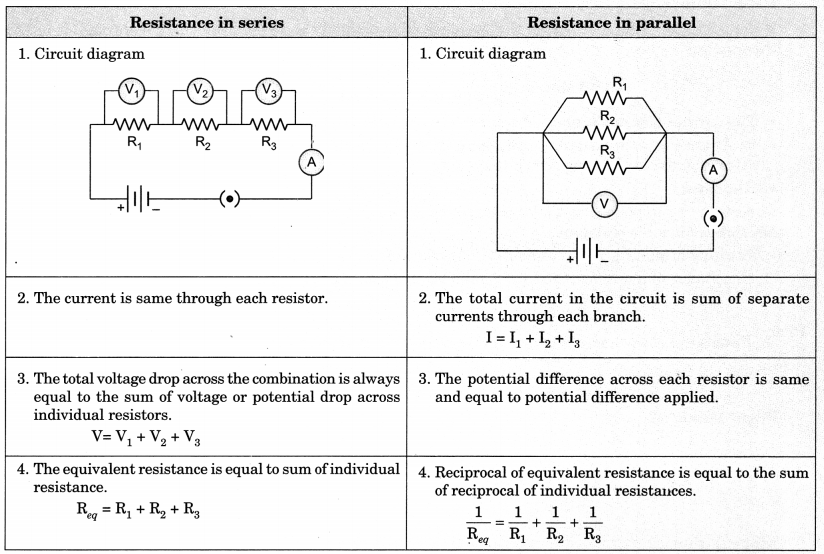CBSE Class 10 History Chapter 1 Extra Questions and Answers The Rise of Nationalism in Europe Pdf free download are part of Extra Questions for Class 10 Social Science. Here we have given NCERT Extra Questions for Class 10 Social Science SST History Chapter 1 The Rise of Nationalism in Europe.
Learnintsa.com Committed to provides Extensive NCERT Solutions for Class 10 History Chapter 1 The Rise of Nationalism in Europe, Students can read and score more marks in your CBSE board examination.
The Rise of Nationalism in Europe Class 10 Extra Questions History Chapter 1
VERY SHORT ANSWER QUESTIONS
Answers should not exceed 30 words.
Question 1.
Which French artist prepared a series of four prints visualising his dream of a world ? [CBSE 2013]
Answer:
Frederic Sorrieu.
Question 2.
What do you understand by ‘absolutist’ ?
Answer:
Absolutist, literally a government or system of rule that has no restraints on the power exercised. In history, the term refers to a form of monarchical government that was centralised, militarised and repressive.
Question 3.
What is a Utopian ?
Answer:
Utopian is a vision of society that is so ideal that it is unlikely to actually exist.
Question 4.
What are advantages of a nation ? State one advantage.
Answer:
The existence of nations is a guarantee of liberty, which would be lost if the world had only one law and only one master.
Question 5.
What is Plebiscite ?
Answer:
Plebiscite is a direct vote by which all the people of a region are asked to accept or reject a proposal.
Question 6.
What political and constitutional changes did take place in the wake of the French Revolution in 1789 ?
Answer:
- The French Revolution led to the transfer of sovereignty from the monarchy to a body of French citizens.
- The revolution proclaimed that it was the people who would henceforth constitute the nation and shape its destiny.
Question 7.
State any one step that could create a sense of collective identity among the French people.
Answer:
The ideas of the fatherland and the citizen emphasised the notion of a united community enjoying equal rights under a constitution.
Question 8.
Which clubs were set up after the French Revolution and by whom ?
Answer:
As the news of events in France reached the different cities of Europe, students and other members of educated middle classes began setting up Jacobin clubs.
Question 9.
How the Napoleon code was implemented in the regions under French control ?
Answer:
In the Dutch Republic, in Switzerland, in Italy and Germany, Napoleon simplified administrative divisions, abolished the feudal system and freed peasants from serfdom and manorial dues.
Question 10.
Why did the people in the conquered territories become hostile to Napoleon’s rule ?
Answer:
The people became hostile due to increased taxation, censorship, forced conscription into the French armies required to conquer ihe rest of Europe. All these seemed to outweigh the advantages of the administrative changes.
Question 11.
In Austria-Hungary in the mid-eighteenth century, there were different groups, languages etc. In such a situation what was the binding tie between them ?
Answer:
The only tie binding the diverse groups together was a common allegiance to the emperor.
Question 12.
What was the meaning of liberalism in early 19th century in Europe ? [CBSE2016]
Answer:
The term ‘liberalism’ is derived from the Latin word liber meaning free. Thus for the new middle classes, liberalism stood for freedom for the individual and equality of all before the law. Politically, it emphasised the concept of government consent.
Question 13.
What do you mean by suffrage ?
Answer:
Suffrage means right to vote.
Question 14.
Who had created out of countless small principalities a confederation of 39 states of Germany ?
Answer:
Napoleon.
Question 15.
In 1834, which customs union was formed ? Who joined it ?
Answer:
In 1834 a customs union – zollvere in was formed. The union was joined by most of the German state.
Question 16.
What do you mean by conservatism ?
Answer:
Conservatism is a political philosophy that stresses the importance of tradition, established institutions and customs, and preferred gradual development to quick change.
Question 17.
Which congress was held in 1815 ? By whom was it hosted ?
Answer:
- Congress of Vienna was held in 1815.
- The Congress was hosted by the Austrian Chancellor Duke Metternich.
Question 18.
What was the policy adopted at Vienna (1815) about the monarchies that had been overthrown by Napoleon ?
Answer:
The main intention was to restore the monarchies that had been overthrown by Napoleon and create a new conservative order in Europe.
Question 19.
Who was Giuseppe Mazzini ?
Answer:
Giuseppe Mazzini was the Italian revolutionary who founded Young Italy in Marseilles and Young Europe in Berne (1833).
Question 20.
What was the result of July 1830 revolution in France ?
Answer:
By July 1830 revolution in France, the Bourbon Kings who had been restored to power during the conservative reaction after 1815, were overthrown by liberal revolutionaries and installed a constitutional monarchy under Louis Philippe.
Question 21.
What was said about Mazzini by Metternich ?
Answer:
Metternich described him as “the most dangerous enemy of our social order”.
Question 22.
What Metternich remarked about events in France ? [CBSE 2016]
Answer:
Metternich once remarked, “When France sneezes, the rest of the Europe catches cold.”
Question 23.
Who was Lord Byron ? What was his contribution in the Greek war of independence ? t
Answer:
- Lord Byron was an English poet.
- He organised funds and later went to fight in the war, where he died of fever in 1824.
Question 24.
What was Romanticism ?
Answer:
Romanticism was a cultural movement which sought to develop a particular form of nationalist sentiment. Romantic artists and poets generally criticised the glorification of reason and science and focused instead on emotions, intuition and mystical feelings.
Question 25.
What was contribution of Karol Kurpinski in the freedom struggle of Poland ?
Answer:
Karol Kurpinski celebrated the national struggle through his operas and music, turning folk dances like the polonaise and mazurka into nationalist symbols.
Question 26.
Give one reason for the great economic hardship in Europe in the 1830s.
Answer:
- There was enormous increase in population all over Europe.
- In most countries there were more seekers of jobs than employment.
Question 27.
Who were Grimm brothers ? Why did they collect folktales ?
Answer:
- The Grimm brothers were born in the German city of Hanau in 1785 and 1786 respectively.
- They collected folktales and considered their projects of collecting folk-tales and developing the German language as part of the wider effort to oppose French domination and create a German national identity.
Question 28.
What happened in 1848 revolution in France ?
Answer:
- Louis Philippe was forced to flee and
- National Assembly proclaimed a Republic.
- Suffrage was granted to all adult males above 21.
- Right to work was guaranteed. National workshops to provide employment were set up.
Question 29.
Define feminist.
Answer:
Feminist means awareness of women’s rights and interests based on the belief of the social, economic and political equality of the genders.
Question 30.
What is ideology ?
Answer:
Ideology is a system of ideas reflecting a particular social and political vision.
Question 31.
Who were Junkers in Prussia ?
Answer:
Large landowners were called Junkers in Prussia.
Question 32.
Who was the architect of the unification of Germany and which policy was adopted by him ?
Answer:
Otto von Bismarck is considered the architect of German unification. He followed the policy of blood and iron to achieve his object.
Question 33.
After unification of Germany which policies were adopted by the new state ?
Answer:
The new state placed a strong emphasis on modernising the currency, banking, legal and judicial system in Germany, Prussian measures and practices often became a model for the rest of Germany.
Question 34.
Name three persons who played an important role in the unification of Italy.
Answer:
- Cavour
- Mazzini
- Garibaldi.
Question 35.
What happened in England in 1688 ?
Answer:
Glorious revolution had taken place. As a result of this, the English parliament had seized power from the monarchy.
Question 36.
What is the importance of the Act of Union (1707) ?
Answer:
The Act of Union (1707) between England and Scotland had resulted in the formation of the ‘United Kingdom of Great Britain’.
Question 37.
How attributes of liberty and justice were represented during French Revolution ?
Answer:
- The attributes of Liberty were the cap or the broken chain.
- Justice is generally a blind folded man carrying a pair of weighing scales.
Question 38.
What did become the allegory of the German nation ? How was it represented visually ?
Answer:
- Germania became the allegory of the German nation.
- In visual representations Germania wears a crown of oak leaves, as German oak stands for Heroism.
Question 39.
Which was the most serious source of nationalist tension in Europe after 1871?
Answer:
It was the area called the Balkans. It was a region of geographical and ethnic variations comprising modern day Romania, Bulgaria, Albania, Greece, Mecedonia, Croatia Bosnia-Herzegovina, Slovenia, Serbia and Montenegro whose inhabitants were broadly known as the Slavs.
Question 40.
What made the Balkans an explosive region ?
Answer:
The spread of the ideas of romantic nationalism in the Balkans together with the disintegration of the Ottoman Empire made this region very explosive.
Question 41.
Which European powers had rivalries in the Balkans and were keen on countering the hold of other powers over the Balkans and extending own control over the area ?
Answer:
Russia, Germany, England and Austro-Hungary.
QUESTIONS OF 3/5 MARKS
Answers should be in about 80/100 words.
Question 1.
Who was Frederic Sorrieu ? Describe main features of the first print prepared by him in 1848 ?
Answer:
(1) Frederic Sorrieu was a French artist who prepared a series of four prints visualising his dream of a world made up of “democratic and social republics” as he called them.
(2) The main features of the first print of the series were as mentioned below :
- It shows men and women of all ages of Europe and America offering homage to the statue of Liberty.
- Liberty was personified as a female figure with the Torch of Enlightenment in one hand and the Charter of Rights of Man in the other.
- In the foreground are the shattered remains of the symbols of absolutist institutions.
- Procession is led by USA and Switzerland who were already nation states. Other people are following them.
- From heavens above, Christ, saints and angels gaze upon the scene to symbolise fraternity among the nations of the world.
- In Sorrieu’s uptopian vision, the peoples of the world were grouped as distinct nations, identified through their flags and national costume. Thus,many issues have been visualised by Sorrieu in his prints but it is vision that can be realised.
Question 2.
Analyse the measures and practices introduced by the French Revolution to create a sense of collective identity amongst the French people. [CBSE 2016-17]
Or
Describe any five steps taken by the French Revolutionaries to create a sense of collective identity among the French people. [CBSE 2015]
Answer:
See Textbook Question 2.
Question 3.
Describe how the events in France affected the different cities in Europe.
Answer:
When the news of the events in France reached the different cities in Europe it had the effects as mentioned below :
- Students and other members of educated middle classes began setting up Jacobin clubs.
- Their activities and campaigns prepared the way for the French armies which moved into Holland, Belgium, Switzerland and much of Italy in the 1790s.
- With the break of the revolutionary wars, the French armies began to carry the idea of nationalism abroad.
Question 4.
“Napoleon has destroyed democracy in France but in the administrative field he had incorporated revolutionary principles in order to make the whole system more rational and efficient.” Analyse the statement with arguments.
Answer:
See Textbook Question 5.
Question 5.
What were the reactions of the local populations to the French rule in the conquered territories ?
Answer:
The reactions of the local peoples in the conquered territories by the French were mixed. In the beginning, in Holland, Switzerland, Brussels, Mainz, Milan and Warsaw, people welcomed the French armies as harbingers of liberty. Political freedom was advantageous but more taxes, censorship and forced conscription into the French armies for conquering rest of Europe made local population hostile to them because it became clear that the new administrative arrangements did not go hand in hand with political freedom. Increased taxation, censorship, forced conscription into the French armies required to conquer the rest of Europe, all seemed to outweigh the advantages of the administrative changes.
Question 6.
Describe the political condition of Europe in the mid-eighteenth century.
Answer:
The political condition of Europe in the mid-eighteenth century was as mentioned below :
(1) There were no nation states
(2) Germany, Italy and Switzerland were divided into kingdoms, duchies and cantons whose rulers had their autonomous territories.
(3) There were autocratic monarchies in Eastern and Central Europe.
(4) People spoke different languages and belonged to different ethnic groups,
- For example, Habsburg Empire consisted of different regions and peoples.
- They did not share a collective identity or a common culture,
- It included German-speaking people of Bohemia as well as Italian-speaking people of Lombardy and Venetia.
- Half of the population of Hungary was Magyar,
- Such differences did not promote a sense of political unity. The only tie binding diverse groups together was a common allegiance to the emperor.
Question 7.
Describe the condition of the aristocracy and peasantry in Europe in the mid-eighteenth century.
Answer:
The condition of aristocracy and peasantry was as mentioned below :
(1) Landed aristocracy :
- Socially and politically, ,a landed aristocracy was the dominant class on the continent.
- They were united by a common way of life, such as owning large estates and town houses,use of French language for diplomacy and in high society.
- They were also united with ties of marriage with each other. Thus, aristocracy was powerful but they were in minority.
(2) Peasantry :
- The majority of the population was peasants.
- To the west, most of the land was farmed by tenants and small owners.
- In the Eastern and Central Europe, there were large estates which were cultivated by serfs.
Question 8.
When did industrialisation begin in Europe ? What were its consequences ?
Answer:
(1) Industrialisation : Industrialisation had begun in England in the second-half of the ’ eighteenth century. However, it took place in France and parts of the German states during the nineteenth century.
(2) Its consequences were as mentioned below :
- Growth of towns : Emergence of commercial classes – there was growth of towns and the emergence of commercial classes in Western and some parts of Eastern Europe. This was due to the growth of industrial production and trade. The existence of commercial classes was based on production for the market.
- A new working class and middle classes consisting of industrialists, businessmen, professionals came into existence. It was among the educated, liberal middle classes that ideas of national unity following the abolition of aristocratic privileges gained popularity.
Question 9.
What do you understand by Liberalism ? Describe their ideas in the political, social and economic spheres.
Answer:
(1) The term ‘liberalism’ is derived from the Latin word liber, meaning free. Thus, for the new middle classes, liberalism stood for freedom for the individual and equality of all before “law.
(2) Political and economic ideas supported by the liberals were as given below :
(1) Political ideas :
- It emphasised the concept of government by consent.
- Since the French Revolution, liberalism stood for the end of autocracy and clerical privileges, a constitution and representative government through parliament.
- They did not necessarily stand for universal suffrage.
- In revolutionary France, which was the first example of liberal democracy, the right to vote and election was exclusively granted to property-owning men. Men without property and women were not granted political rights. Thus in the 19th and 20th centuries there were movements demanding equal political rights.
(2) Economic ideas : They supported freedom of markets and the abolition of state- imposed restrictions on the movement of goods and capital. During the 19th century this was a strong demand of the emerging middle classes. Also see Textbook Question 4.
Question 10.
Who were granted the right to vote in France during the period of revolution ?
Answer:
- In France, the right to vote and election was granted only to property-owning men.
- Men without property and all women were excluded from political rights.
- During the period of Jacobins, all adult males were granted right to vote.
- The Napoleonic Code again granted limited right to vote. Women were reduced to the status of a minor, subject to the authority of fathers and husbands.
- Women and non-propertied men organised opposition movements demanding equal political rights during the nineteenth and early twentieth centuries.
Question 11.
What was zollverein ? Why was it introduced ? Describe its advantages ? How did it strengthen nationalist sentiments in German states ?
Answer:
(1) Zollverein was a custom union that was formed in 1834 at the initiative of Prussia and was joined by most of the German States.
(2) Causes of introduction of zollverein : In the first half of the nineteenth century there were countless small principalities in the German-speaking region. Napoleon had created a confederation of 39 states.
This confederation had many drawbacks as mentioned below :
- Each had its own currency, weights and measures.
- From Hamburg to Nuremberg there were 11 custom barriers.
- Traders had to pay a custom duty at each barrier.
- Duty was paid according to weight or measurement, so there was a lot of problem in calculation.
The above conditions were an obstacle to economic growth. Traders and new commercial classes wanted movement of goods without any hindrance. So in 1834 at the initiative of Prussia zollverein was formed.
(3) Advantages :
- It was formed for the creation of a unified economic territory allowing the unhindered movement of goods, people and capital.
- The union abolished tariff barriers and reduced the number of currencies from over thirty to two.
- A network of railways was created which increased mobility harnessing economic interests to national unification.
- Industry grew due to free trade.
(4) It created a national unity in economic matters at a time when Germany was divided. It accustomed German states to cooperate without Austria who had not become a member of zollverein. It taught them the advantages of Prussian leadership. It was the beginning of German unity. Thus, economic nationalism strengthened the wider nationalist sentiments.
Question 12.
What do you understand by conservatism ? Describe the objects and decisions of the Congress of Vienna and examine them too.
Answer:
(1) Conservatism was a political philosophy that stressed the importance of tradition, established institutions and customs and preferred gradual development to quick change.
(2) Objects : After the defeat of Napoleon, the European powers – Britain, Russia, Prussia and Austria met at Vienna. It was hosted by the Austrian Chancellor Duke Metternich. The object was to undo most of the changes that had taken place during the Napoleonic wars.
(3) Decisions of the Congress : Some major decisions of the Congress were as given below:
- The Bourbon dynasty was restored in France.
- A number of states such as Netherlands, Piedmont, were strengthened on the boundaries of France to prevent French expansion in future. Thus, Belgium was included in Netherlands and Genoa in Piedmont.
- Prussia was given important new territories on France’s western frontiers. It got a portion of Saxony.
- Austria got control of northern Italy.
- Russia was given a part of Poland. She got most part of the Grand Dutchy of Warsaws and retained Finland. Russia emerged with a good number of addition and extended farther westward into Europe than ever.
(4) Evaluation of the Congress : Conservative regimes set up in 1815 were autocratic. They did not tolerate criticism and dissent. They imposed censorship laws to control the newspapers, books, plays and ideas of liberty and freedom.
Question 13.
During the years following the Congress of Vienna (1815) why did the liberal -nationalists go underground ? Why the secret societies were formed ? Describe their aims and activities with special reference to the activities of Mazzini.
Answer:
(1) After the Congress of Vienna (1815) the liberal-nationalists went underground due to fear of repression by the autocratic rulers.
(2)
- The aim of the secret societies that were formed in many European states was to train revolutionaries and spread their ideas i.e., to oppose monarchial forms that had been established after the Congress of Vienna and to fight for liberty and freedom.
- They wanted creation of nation-states which were considered necessary as a part of freedom for struggle.
(3) Mazzini and activities of secret societies :
- Mazzini was the Italian revolutionary. He was a member of the secret society of the Carbonari. Later on, he founded two societies – Young Italy in Marseilles and Young Europe in Berne. Aim of Mazzini was to have a unified republic in Italy as the basis of liberty. He believed that the nations were the natural units of mankind.
- Secret societies were formed in Germany, France, Switzerland and Poland.
- As a result of the secret societies, the conservatives were frightened. Metternich described Mazzini as ‘the most dangerous enemy of our social order’. Also see Textbook Question 1(a) and (b).
Question 14.
How did nationalism develop through culture in Europe ? [CBSE2015]
Or
‘Culture has played an important role in the development of nationalism in Europe during 18th and 19th centuries.’ Support the statement with examples. [CBSE 2016]
Or
How did culture play an important role in creating the idea of the nation in Europe ? Explain with examples. [CBSE 2013]
Or
Describe the role of culture in shaping the feeling of nationalism in Europe from 1830 to the end of the 19th century. [CBSE 2013]
Answer:
Culture played an important role in creating the idea of the nation : art and poetry, stories and music helped express and shape nationalist feelings. Romanticism helped in developing a particular form of nationalist sentiments.
(1) Romantic artists and poets generally criticised the glorification of reason and science.
(2) They focused on emotions, intuition and mystical feelings in order to create a sense of a shared collective heritage, a common cultural past, as the basis of a nation.
(3) German philosopher Johann Gottfried tried to popularise the true spirit of the nation through folk songs, folk poetry and folk dances.
(4) The emphasis on Vernacular language and the collection of local folklore was to recover an ancient national spirit and to carry the modern nationalist message to large audiences who were mostly illiterate.
(5) In Poland which had been partitioned by the Great Powers, national feelings were kept alive through music and language. Karol Kurpinski celebrated the national struggle through his operas and music, turning folk dances like the polonaise and mazurka into nationalist symbols.
(6) Language too played an important role in developing nationalist sentiments.
- After Russian occupation, the Polish language was forced out of schools and Russian language was imposed everywhere.
- In 1831 an armed rebellion against Russian rule was crushed.
- After this many members of the clergy in Poland began to use language as a weapon of national resistance.
- Polish was used for church gatherings and all instructions. The use of Polish came to be seen as symbol of the struggle against Russian dominance.
- As a result of it a large number of priests and bishops were put in jail or sent to Siberia by the Russian authorities as punishment. But the use of Polish came to be seen as a symbol of the struggle against Russian dominance.
Question 15.
“The decade of 1830 had brought great economic hardship in Europe.” Support that statement with arguments. [CBSE 2016]
Or
Why was the decade of 1830s known as the great economic hardship in Europe ? Explain any three reasons. [CBSE 2013]
Answer:
The 1830s were the years of great economic hardship in Europe due to the following reasons :
- There was enormous increase in population all over Europe.
- There were more seekers of jobs than employment.
- People migrated from rural areas to the cities to live in overcrowded slums.
- There was stiff competition between the products of small producers and products imported from England where goods were made by machines as industrialisation had already taken place there.
- Peasants’ condition was bad due to burden of feudal dues and obligations.
- The prices of food had risen due to bad harvest. This had resulted in widespread pauperism in town and country.
Question 16.
What were the causes and effects of Revolution of 1848 in France ?
Answer:
(1) Causes :
- In Europe the 1830s were years of great economic hardship.
- In 1848 too there were food shortages and widespread unemployment. As a result of it, the population of Paris demonstrated. Barricades were erected.
(2) Results :
- Louis Philippe abdicated the throne.
- France became a Republic.
- Suffrage was granted to all adult males above 21 years.
- Right to work was guaranteed.
- National workshops to provide employment were set up.
Thus, another revolution had taken place in France which changed the government from monarchy to a republic.
Question 17.
Describe the cause of the Silesian weavers’ uprising. What were its results ?
Answer:
(1) Cause of the Silesian weavers’ uprising : The cause of the uprising was the exploitation of the weavers by the contractors. They had reduced the payments to the weavers for the goods they ordered. There was already widespread unemployment and they were living a life of extreme misery.
(2) Results : A contractor when attacked, tried to get shelter in neighbouring village but failed. He sought the help of army. In the exchange between the army and the weavers, eleven weavers were killed.
(3) Importance : The weavers’ uprising depict the condition of people in the villages. There was extreme poverty and unemployment. People were exploited by rich people. Army also helped them to crush such uprisings or opposition. Thus, the government did not care for the welfare of the poor.
Question 18.
What were the causes for the revolution by the liberals in 1848 ? Describe its events and effects.
Answer:
(1) Causes : The February revolution of 1848 in France had brought about the abdication of the monarch. A republic based on universal male suffrage was proclaimed. This had a effect on the liberal middle classes in other parts of Europe – Germany, Italy, Poland and Austro-Hungarian Empire.
(2) Demands :
- Liberal middle classes demanded constitutionalism with national unification.
- They demanded the creation of a nation state on parliamentary principles i.e., a constitution, freedom of the press and freedom of association.
(3) Results : The revolutions of the liberals in 1848 were suppressed by the autocratic- monarchs but even then these revolutions made the monarchs to realise that the old order could not be restored. The autocratic monarchs in the Central and Eastern Europe introduced changes that had taken place in Western Europe before 1815.
- Serfdom and bonded labour were abolished both in Habsburg dominions and in Russia.
- More autonomy was granted to the Hungarians in 1867 by the Habsburg monarchs.
Dualism was established. Austria-Hungary was to consist of two distinct independent states.Their ruler was known as Emperor in Austria and as King in Hungary, Also see Textbook Question 1(d).
Question 19.
Explain the process of unification of Italy. [CBSE 2013]
Or
Describe the condition of Italy before unification. [CBSE 2014]
Answer:
(1) Condition of Italy in the nineteenth century :
- Italy had a long history of political fragmentation. Italians were scattered over various dynastic states as well as multi-national Habsburg Empire.
- During the middle of the nineteenth century, Italy was divided into seven states.
- Out of these states only Sardinia-Piedmont was ruled by an Italian princely house.
- The north was under Austrian Habsburgs.
- The center was ruled by the Pope and the southern regions were under the domination of the Bourbon Kings of Spain.
- There was no common language too.
(2) The unification of Italy was completed in various stages :
- Sardinia-Piedmont defeated Austria in 1859. Modena, Parma and Tuscany were added t to Piedmont.
- Garibaldi succeeded in South Italy and the Kingdom of the Two Sicilies in 1860 and drove out the Spanish rulers.
- Austria ceded Venetia to Italy in 1866.
- In 1870, Rome was taken over as the French soldiers were withdrawn. Rome was made the capital of Italy. Also see Textbook Question 1(a) and 1(5).
Question 20.
How was the history of nationalism in Britain unlike the rest of Europe ?
Answer:
The history of nationalism in Britain was unlike the rest of Europe in the following ways :
- It was not the result of wars as was in Germany but a long drawn out process.
- Different ethnic groups – English, Welsh, Scot and Irish had their own cultural and political traditions. But the English nation, in course of time, was able to extend it’s influence over the other nations of the islands due to her wealth, importance and power.
- As a result of Glorious Revolution in 168874,he English Parliament was the instrument through which a nation state with England as its center, came to be forged.
- The Act of Union (1707) formed ‘United Kingdom of Great Britain’. As the majority of the members of British Parliament were English members, a policy of repression was followed against catholic clans of Scottish Highlands.
- In Ireland too similar policy was followed. There were Catholics as well as Protestants. Catholic revolts were suppressed and ultimately in 1801, Ireland was incorporated into the United Kingdom.
- A new ‘British nation’ was forged through the propagation of a dominant English culture. The symbols of the new Britain – the British Flag (Union Jack), the national anthem (God Save Our Noble King), the English language – were actively promoted and the older nations survived only as subordinate partners in this union.
Question 21.
Describe the nature of nationalism in the last quarter of the nineteenth century.
Answer:
The nature of nationalism in the last quarter of the nineteenth century was as mentioned below :
- It no longer retained its idealistic liberal-democratic sentiment of the first-half of the century but became a narrow creed with limited ends.
- During this period nationalist groups became increasingly intolerant of each other and ever ready to go to war.
- The major European powers manipulated the nationalist aspirations of the subject peoples in Europe to further their own imperialist aims.
Question 22.
What was the area of the Balkans ? Why was it the most serious source of nationalist tension in Europe after 1871 ? What was its result ?
Answer:
(1) The Balkans was a region of geographical and ethnic variation comprising modern day Romania, Bulgaria, Albania, Greece, Macedonia, Croatia, Bosnia-Herzegovina, Slovenia, Serbia and Montenegro whose inhabitants were broadly known as Slavs.
(2) Causes for being the most serious source of nationalist tension in Europe in 1871 were as mentioned below :
- A large part of the Balkans was under the control of the Ottoman Empire. However, with the weakening and disintegration of the Ottoman Empire, the nationalist tensions emerged in the area. Its European subject nationalities broke away and declared their independence.
- The people of the Balkans argued that they were once independent before the foreign powers controlled them. So their object was to regain their lost independence.
- Nationalist tensions emerged due to rivalries of the European powers i.e., Russia, England, Germany, Austria-Hungary. All of these powers wanted to have their control due to one reason or the other.
- Rivalries among the Balkan states — The Balkan states were fiercely jealous of each other and each one of them wanted to extend her territory at the expense of the others.
(3) Results : Rivalries of the European powers and among the Balkan states led to a series
of wars in the region and finally the First World War.
Hope given Extra Questions for Class 10 Social Science History Chapter 1 are helpful to complete your homework.
If you have any doubts, please comment below. Learn Insta try to provide online tutoring for you.

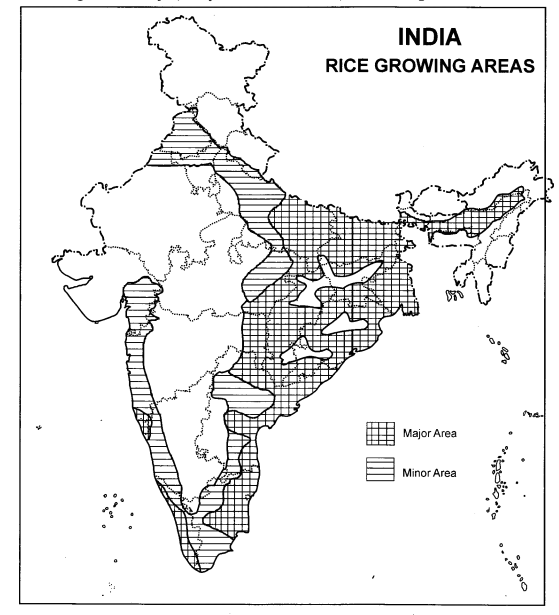
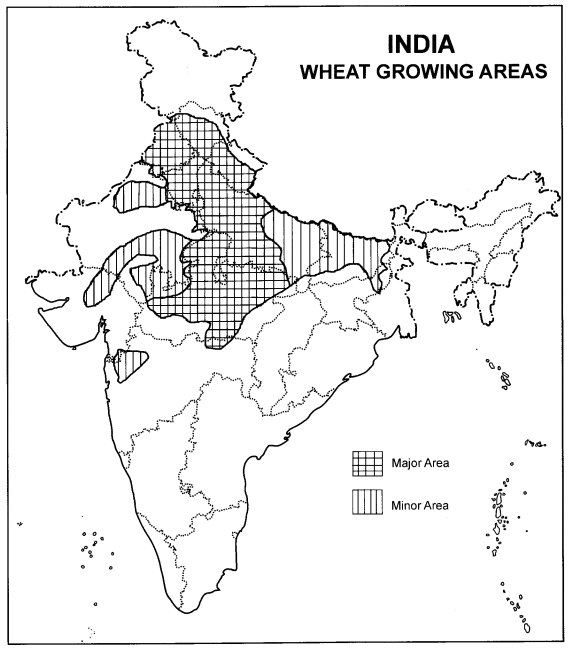
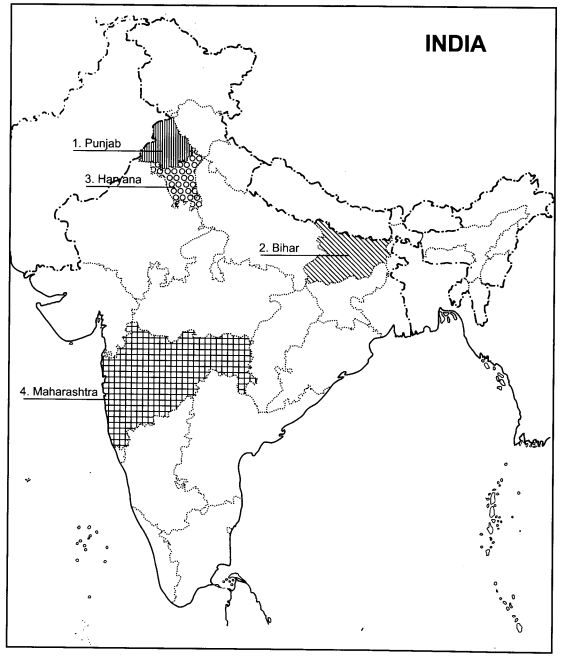


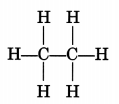
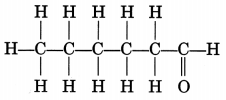

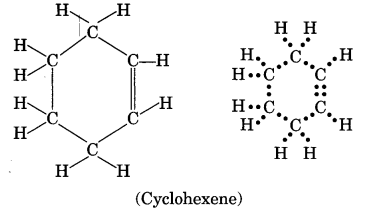

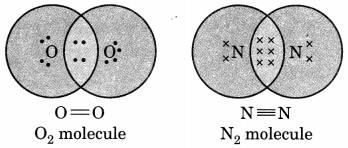

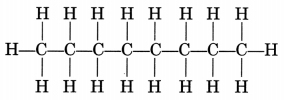
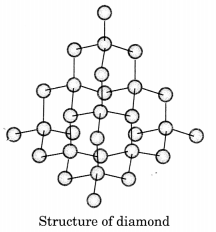
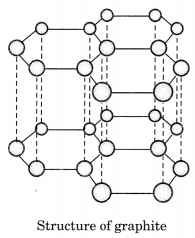










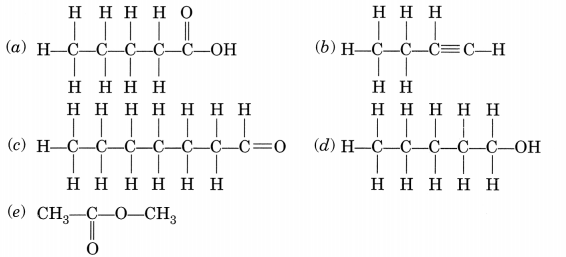


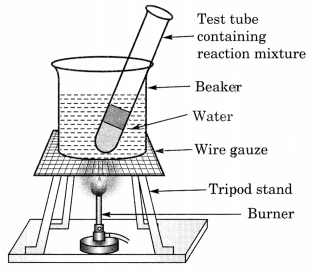
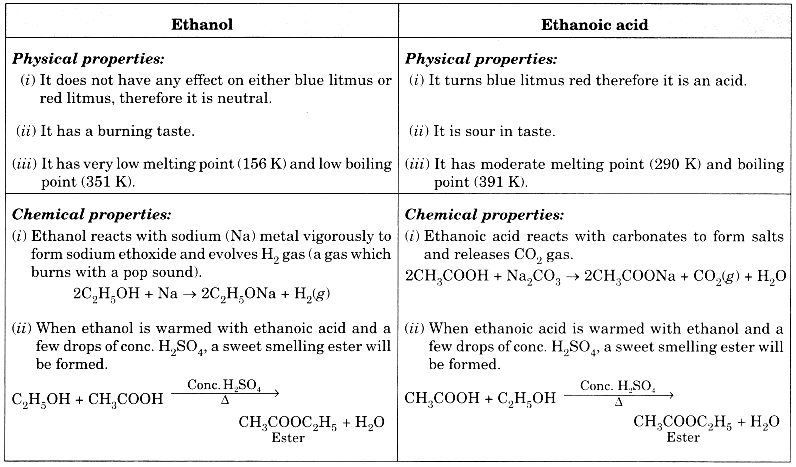




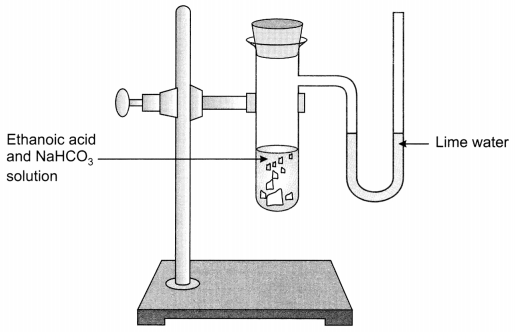


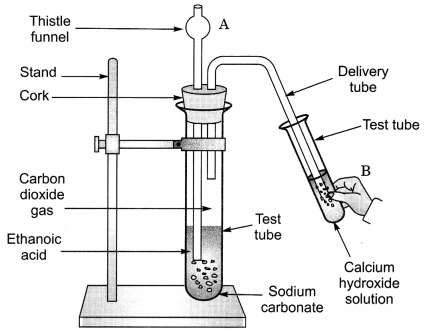

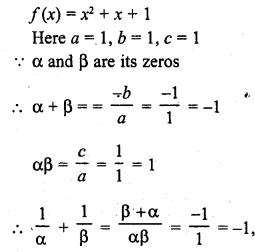
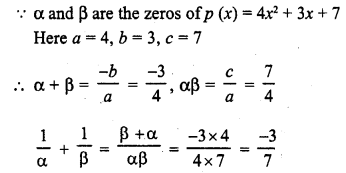
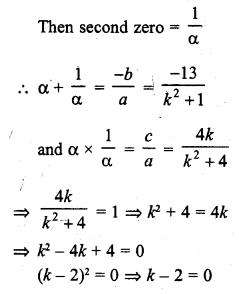
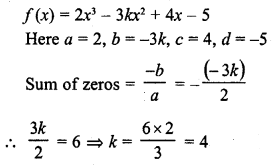
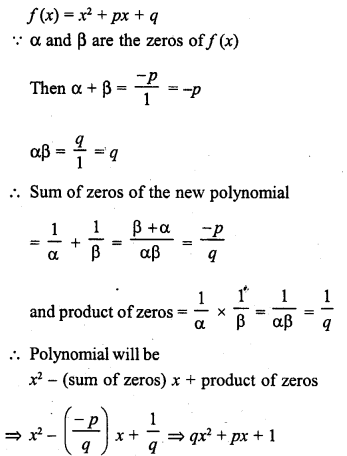
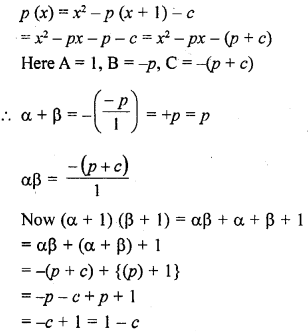
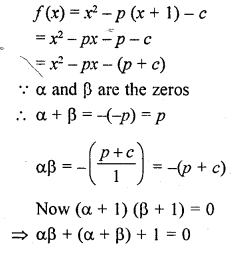

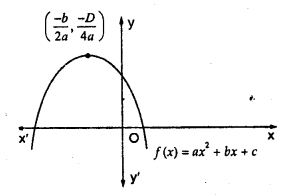
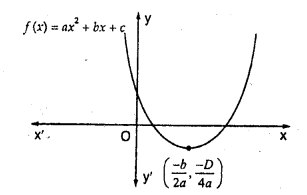
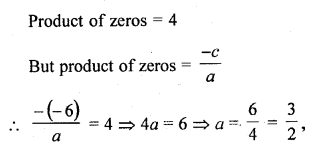
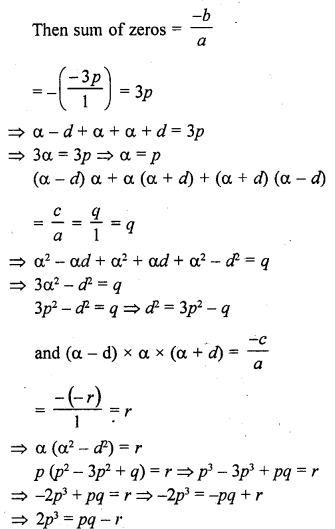
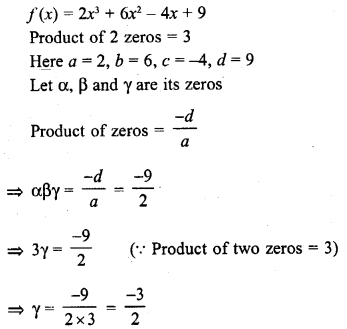
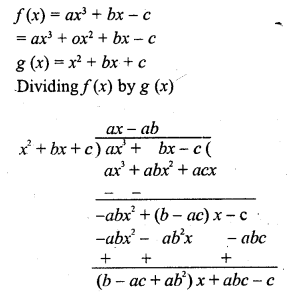
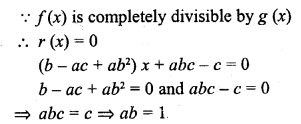
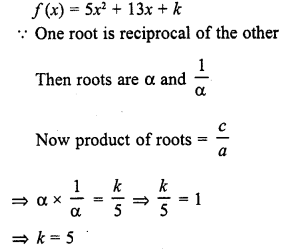
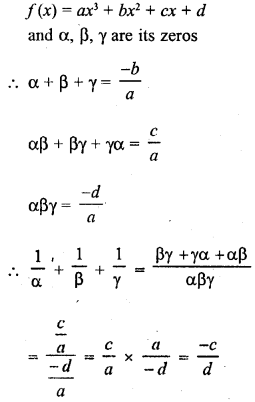
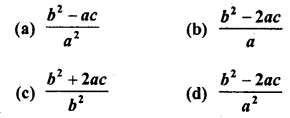
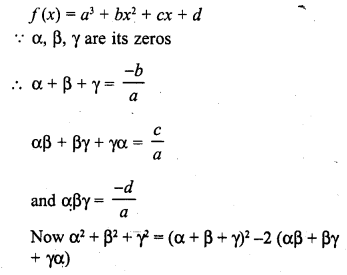
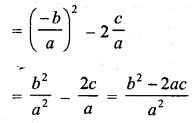
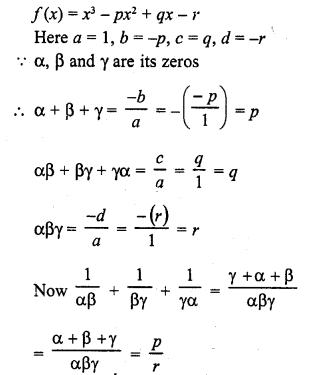


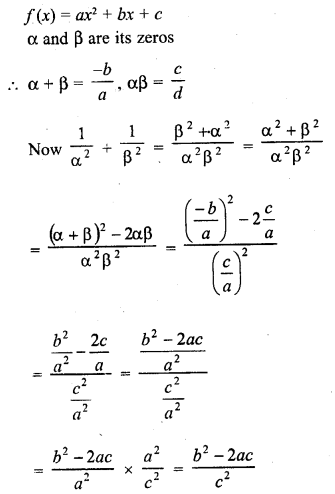
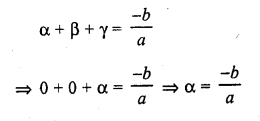
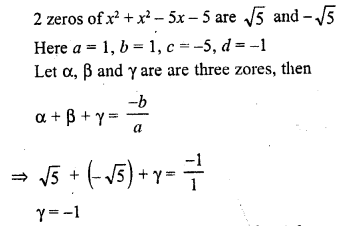
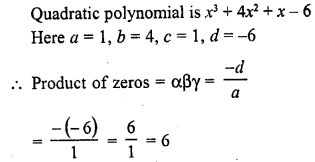
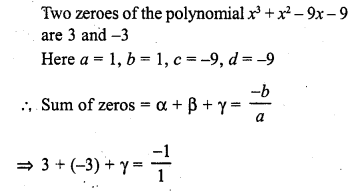
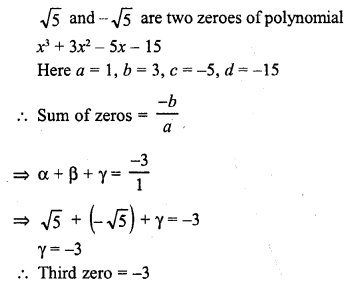
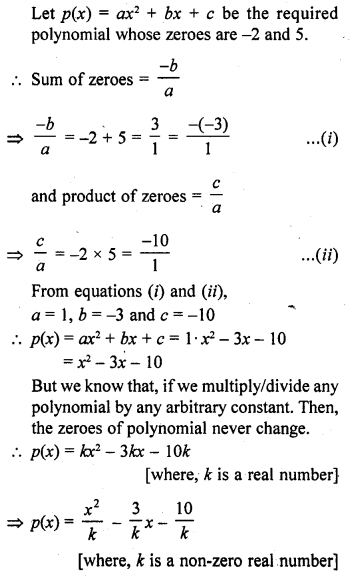
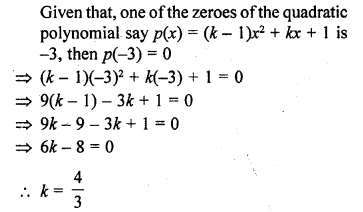
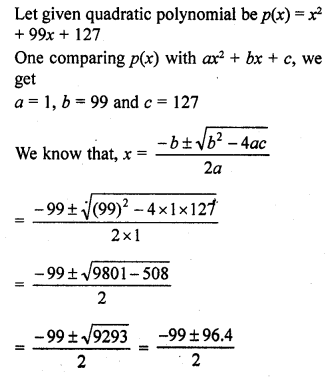
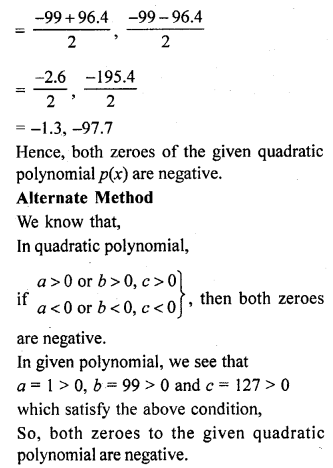
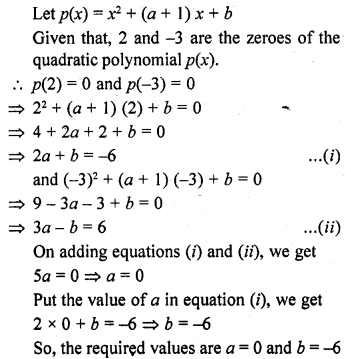
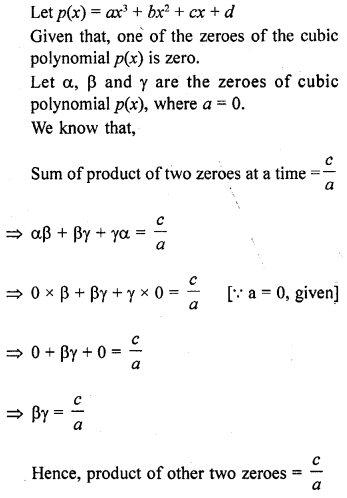
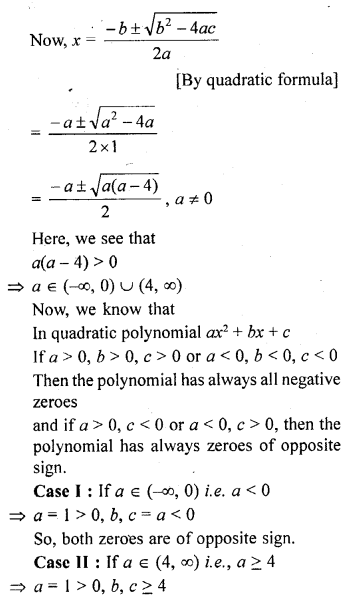
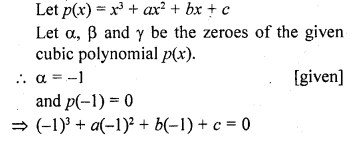
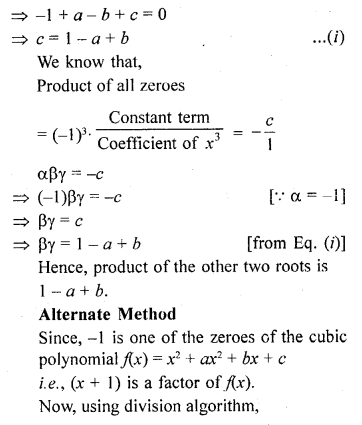
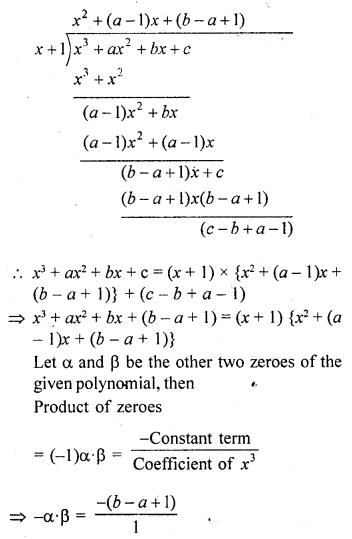
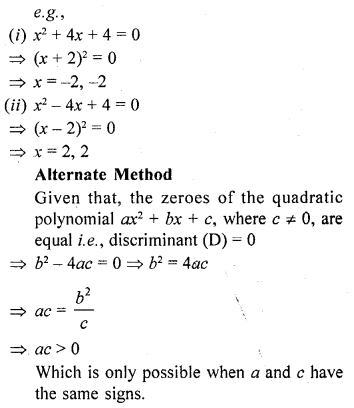
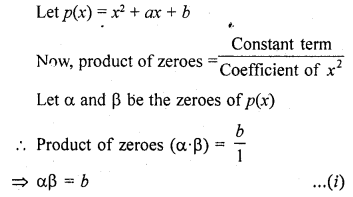
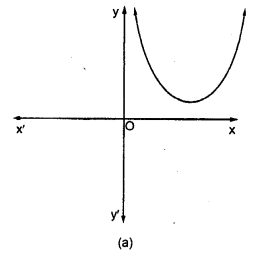
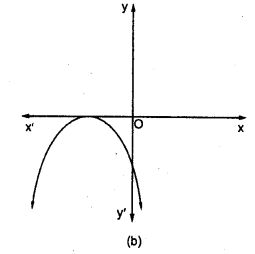
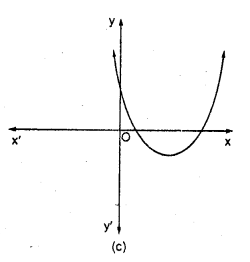
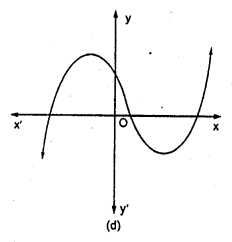
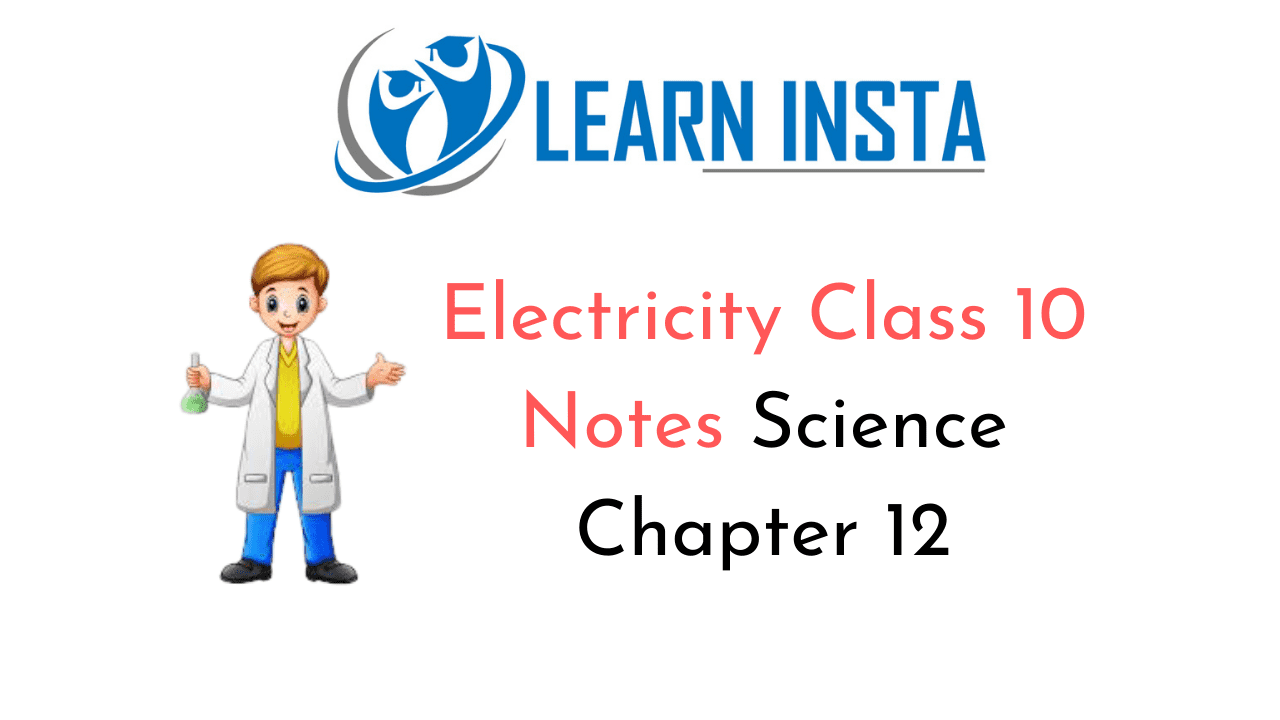 On this page, you will find
On this page, you will find 